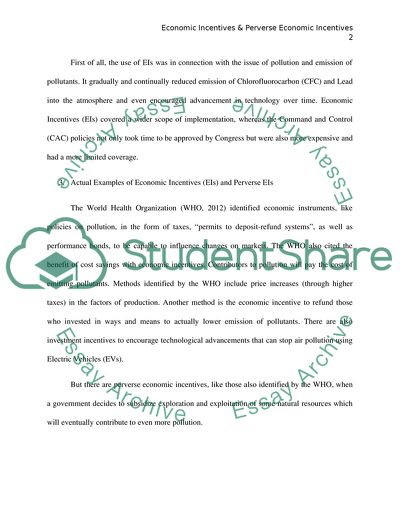Cite this document
(The Policy and Institution of Economic Incentives Coursework, n.d.)
The Policy and Institution of Economic Incentives Coursework. Retrieved from https://studentshare.org/macro-microeconomics/1768992-economics-policy-and-institution
The Policy and Institution of Economic Incentives Coursework. Retrieved from https://studentshare.org/macro-microeconomics/1768992-economics-policy-and-institution
(The Policy and Institution of Economic Incentives Coursework)
The Policy and Institution of Economic Incentives Coursework. https://studentshare.org/macro-microeconomics/1768992-economics-policy-and-institution.
The Policy and Institution of Economic Incentives Coursework. https://studentshare.org/macro-microeconomics/1768992-economics-policy-and-institution.
“The Policy and Institution of Economic Incentives Coursework”. https://studentshare.org/macro-microeconomics/1768992-economics-policy-and-institution.


